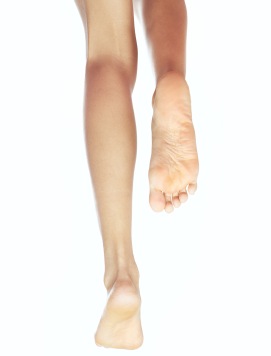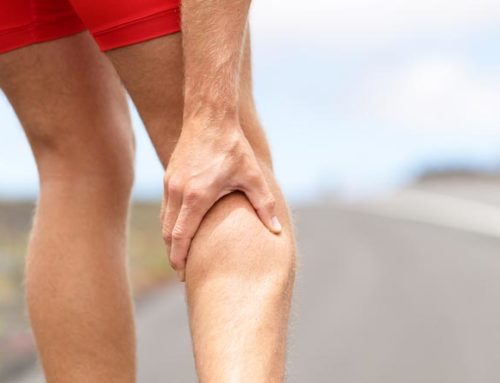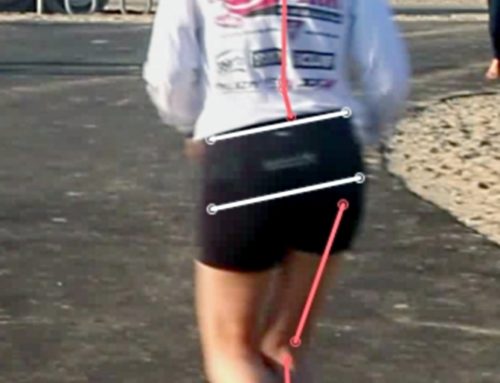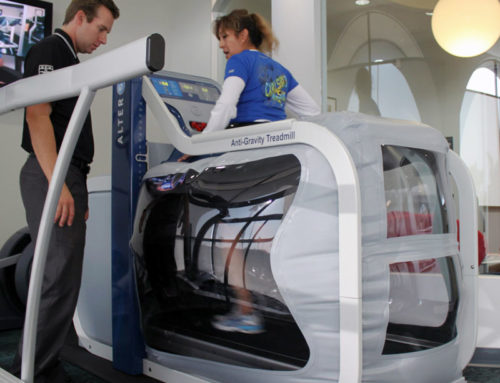 Recently, a group of 300 runners participated in the world’s first ever barefoot half-marathon. Organized by the Barefoot Runners of India Foundation (which is located in Mumbai, India), part of the thinking behind the race was to promote barefoot running — something that comes naturally for Indian runners, but not so for fully shoed running enthusiasts here in the United States.
Recently, a group of 300 runners participated in the world’s first ever barefoot half-marathon. Organized by the Barefoot Runners of India Foundation (which is located in Mumbai, India), part of the thinking behind the race was to promote barefoot running — something that comes naturally for Indian runners, but not so for fully shoed running enthusiasts here in the United States.
The event in Mumbai was a first for such a large gathering of barefoot runners and already the folks at the Guinness World Records have taken note of its success. But that’s not the subject of today blog post. What we thought we’d do is pose some thoughts about the advantages of running without shoes, and encourage you talk with us here at the FORMA physical therapy office in Costa Mesa before choosing to do so.
The primary difference between running with shoes and running barefoot comes down to how our feet strike the ground. Harvard University’s Skeletal Biology Lab has conducted studies that show our heels will almost always strike the ground first when we’re wearing shoes. That’s why we tend to purchase running shoes with well-cushioned heel areas. This artificial cushion absorbs most of the shock during the heel strike phase.
However, most barefoot runners avoid landing on the heel, instinctively preferring instead to land with a forefoot or mid-foot strike. To the layman, that means the balls of the feet or the middle of the foot. This style of running doesn’t generate the sudden, large impact that occurs when your heel strikes the ground first. As a result, Harvard University found, barefoot runners can sprint on the hardest surfaces without discomfort from landing.
In addition, by using the balls of the foot or mid-foot running style, a runner realizes an increase in mechanical efficiency and a decrease in energy waste. That means less twisting and sling moments to the knee and less impact to the leg, hips, lower back and neck areas as you become efficient at running barefoot. In other words, those who run barefoot tend to land on the middle or front of the foot, thus causing a spread of the impact forces to the foot and possibly reducing the chances of injury.
Due to social constraints, many of us live in our shoes, which in turn braces and leads to a degree of de-conditioning of our feet. Our walking habit commands us to contact the ground first with our heel and not with the mid-foot, which only reinforces this habit when we run. And when we train for barefoot running for the first time, well… stand by for trauma to the unprepared foot!
But here’s the rub. Adapting to barefoot running requires a slow, gradual progression, an easing into the habit. Start slow and start on the sand. We’re blessed with miles and miles of the stuff here in Orange County and your best bet is to run on the soft sand — the dry and flat part of the beach — where the natural cushion of the ground will decrease impact on the feet, knees, hips and spine.
Running on the soft sand will increase the demands on your feet, and require extra work from your calves and Achilles tendon, thighs, hips and core muscles. Your heart and lungs will feel the extra workload too leading to increased burned calories!
The advantage of this type of cross training is the ability of increasing the work load to the body parts required for running, which will lead to increased muscle strength and neuromuscular control (stability) and power when performing sports or other activities on any ground surface. But as with any new exercise, watch for excessive soreness to your feet and calves as you begin running on the sand.
The key is to talk with an experienced coach or trainer about how to use barefoot running in your training program and how to transition to running barefoot. This way you will be guided to how to properly and efficiently take advantage of this great natural way of running and to enjoy your healthy active lifestyle. However, if you have questions about possible health limitations on introducing or continuing barefoot running, talk to us here at FORMA.
To sum up, some of the benefits of running barefoot might include:
- Less impact to the legs and plantar fascia
- Less chance of developing shin splints
- Better limb compliance with a more natural gait
- A reduction in calf pulls and Achilles tendinitis
- Improved balance
- In addition, running shoeless can make you feel more in tune with your environment.
For more information on barefoot running in southern California or to check to see if the medical staff at FORMA feels barefoot running is right for you, call the office today at (949) 999-0777.








Excellent article. Thanks Claudio.
There is much discussion among Exercise Physiologists as to the full advantage of running barefoot.
One article recently published by the same lab had revealed that walking barefoot may provide the same benefits. Also, barefoot running for a small amount of time (10mins) may be enough stimulus.
I personally do not run barefoot although some athletes in the Mid Ohio Valley do. I am still skeptical on the science but trying to keep open minded!
This is a very well written, easy to comprehend article on a subject that has been highly debated lately. As a Certified Running Coach, I have been receiving many questions on this subject lately. The information in this article helps to reinforce what I have been explaining to my runners.
I really appreciate the explanatory information on how your transition to barefoot running should be “slow and gradual”. I believe that barefoot running is a great compliment to a complete runners workout regiment. Please contact FORMA or your own Running Coach to learn how to transition into using barefoot running as a workout tool.